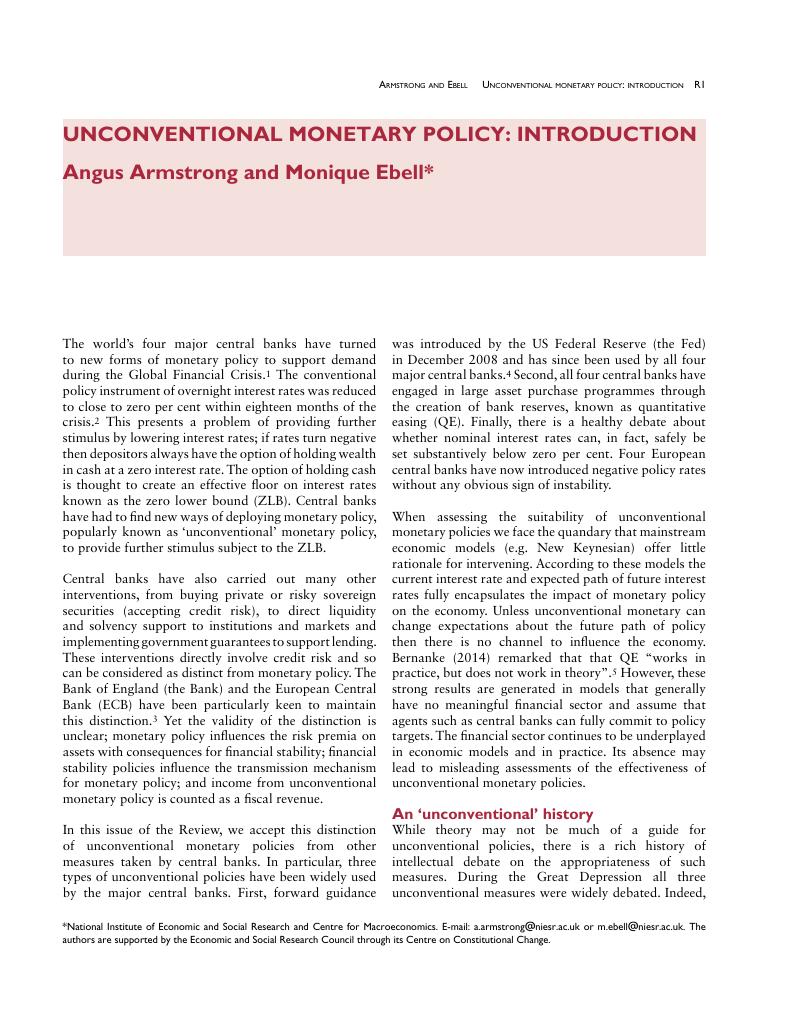Crossref Citations
This article has been cited by the following publications. This list is generated based on data provided by Crossref.
Chima, Menyelim
Babajide, Abiola
Omankhanlen, Alexander
and
Adejumo, Babafemi
2020.
Development: Unconventional Monetary Policy on Bank Performance in Nigeria.
WSEAS TRANSACTIONS ON ENVIRONMENT AND DEVELOPMENT,
Vol. 16,
Issue. ,
p.
844.
Ofoi, Mark
and
Sharma, Parmendra
2021.
Does the Money Multiplier Hold in Pacific Island Countries? The Case of Papua New Guinea.
Journal of Risk and Financial Management,
Vol. 14,
Issue. 9,
p.
449.



